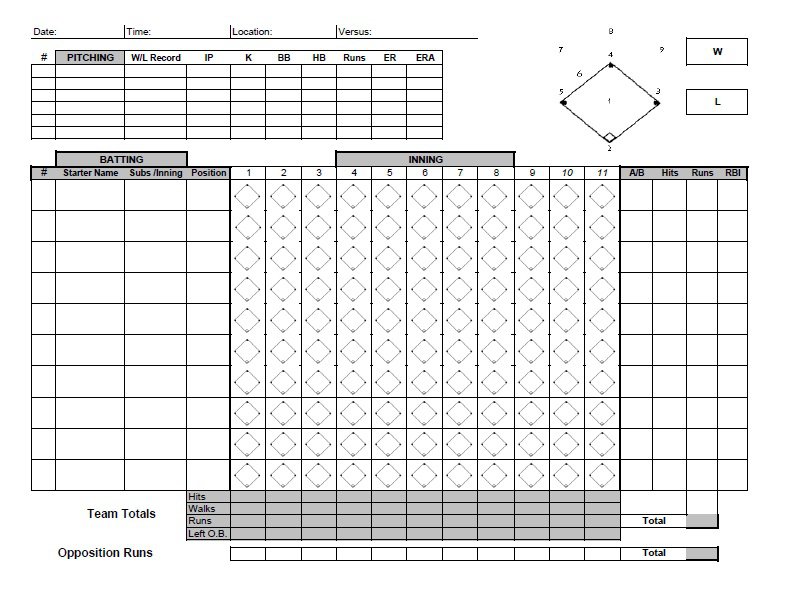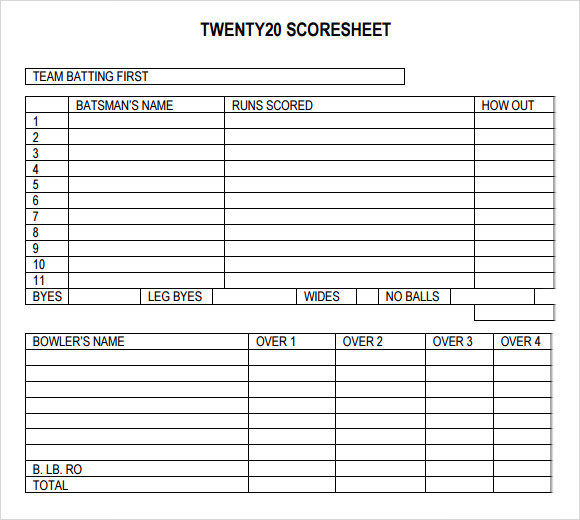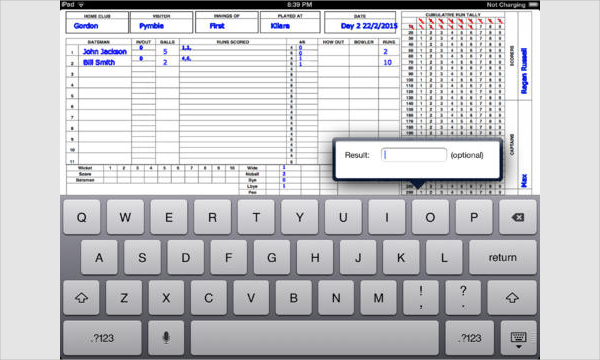

LBW stands for Leg Before Wicket and is (in the simplest possible terms) when a batsman prevents a ball bowled at him from hitting his stumps with his leg rather than his bat. Run out occurs when a batsman attempts a run but the fielding side break the stumps at the other end of the pitch before he reaches the crease at that end.


Caught is when a batsman hits the ball to a fielder without it hitting the ground and stumped is when the batsman leaves their crease (the small area in front of the stumps) and the wicket keeper breaks the stumps with the ball in his hand. The second, rarer set of dismissals are hit the ball twice, handled the ball, obstructing the field, timed out and hit wicket.ĭealing with the above dismissals in turn, a batsman is out bowled if the ball bowled to them hits their stumps and dislodges the bails (the two small pieces of wood at the top of the stumps). The first set of dismissals are bowled, caught, stumped, LBW and run out. The ten ways in which wickets can be taken can be split into broad two categories, with the first category being commonplace in any game and the second being quite rare. As there are eleven members of each cricket team and there must always be two batsmen in the middle at any one time, once a side has lost ten wickets they are ‘all out’ and their turn batting – known as an innings – is over. If a team have scored 100 runs and lost three wickets, for example, their score would be 100 for three which would be written as 100 – 3.Ī fielding side can take a batsman’s wicket in ten different ways and once a batsman has lost his wicket, he must leave the field and be replaced by another member of his team. A team’s score is always expressed, after all, as the number of runs they’ve collected ‘for’ the number of wickets they’ve lost. Wickets are just as crucial as runs to answering the question of ‘how is cricket scored’. Four runs are awarded if the ball bounces before exiting the field and six are awarded if the ball crosses the boundary without bouncing. A boundary is when the batsman hits the ball beyond the edge of the playing field. We’ll talk about exactly what that means when we cover the issue of wickets, below.Īs well as physically completing a certain number of runs, batsmen can be awarded either four or six by hitting what are known as boundaries. Batsmen can attempt more than one run per ball but must have covered the entire length of the pitch before the fielding side break the stumps with the ball or else they are ‘run out’. If a batsman does this and successfully reaches the other end of the pitch, they and their team are awarded one run. That’s because the simplest way of scoring in cricket is by hitting the ball and running from one end of the pitch to the other. The first and most fundamental thing to understand as regards the question of ‘how does cricket scoring work’ is that scores are expressed as a number of ‘runs’. Most of those are related to how cricket scoring works and that’s what we’re going to explain right here. There are, after all, a whole lexicon of phrases unique to the sport and a whole host of rules which each include their own complexities, nuances and exceptions.Īt the end of the day, however, there are only a very small handful of things you really need to know in order to enjoy a day at the cricket. Like many sports, cricket can appear pretty bewildering to newcomers who might be giving it a watch for the very first time.


 0 kommentar(er)
0 kommentar(er)
